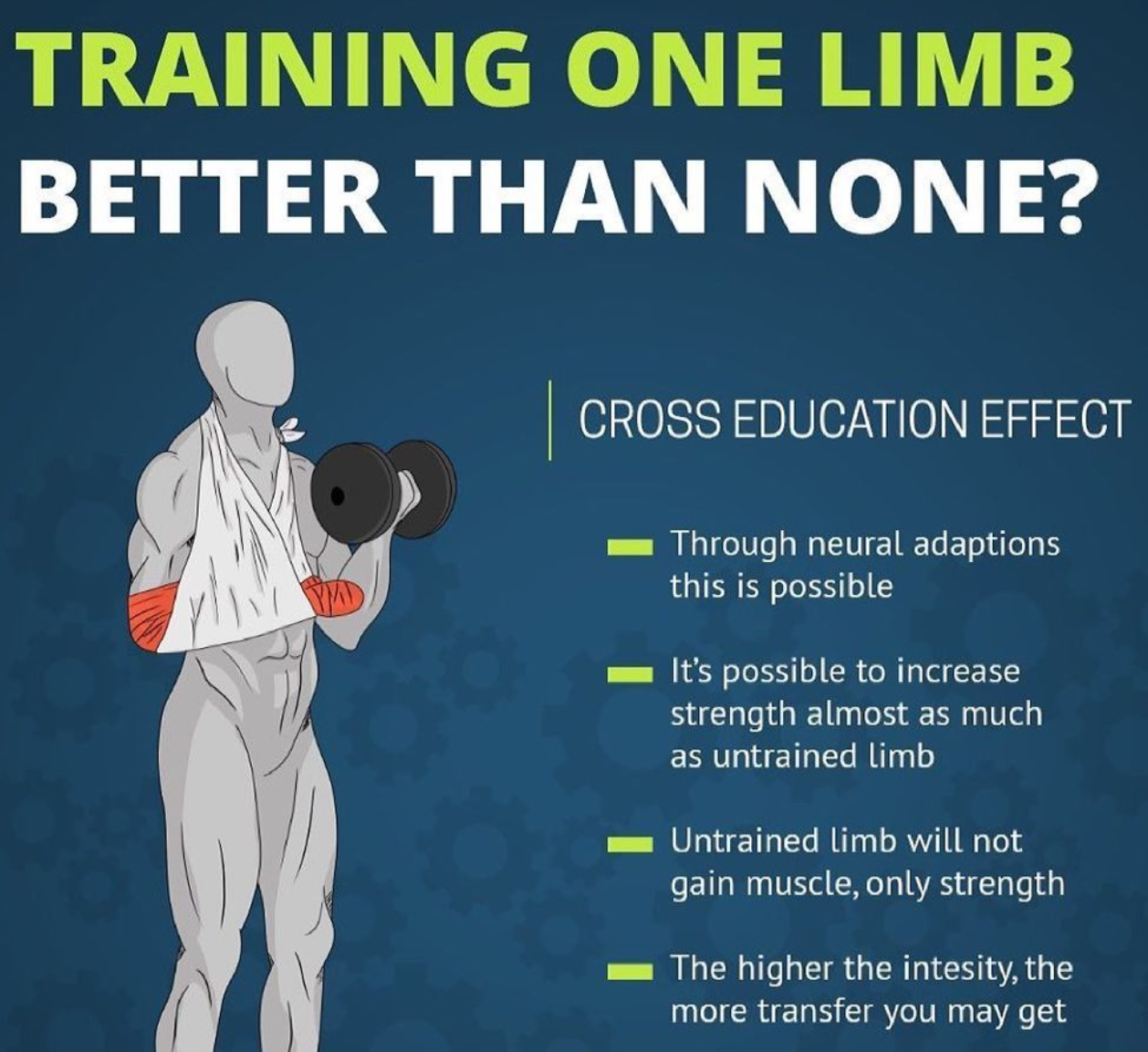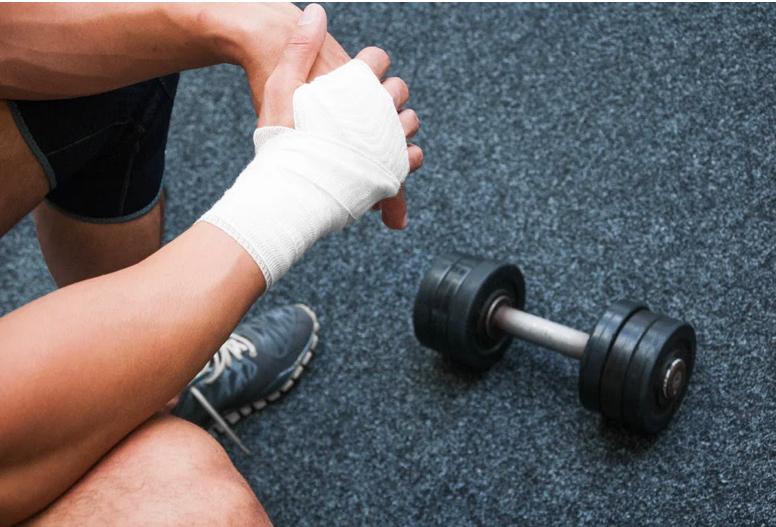
Unlock the Power of Cross-Education Technique in Injury Recovery!
Recovering from injuries, especially those affecting our limbs, can be a challenging and frustrating process.
One common injury that can severely impact daily life is the distal radius fracture, which is especially prevalent in older women. Rehabilitation after such fractures often involves immobilization and physical therapy. However, a groundbreaking study has shed light on a promising new approach to recovery – cross-education. This technique involves training the non-injured limb to improve strength and mobility in the injured limb.
In this article, we will explore the study that delved into this exciting concept, its implications for training and workouts, as well as its potential to revolutionize rehabilitation strategies for various injuries.
The Study Design
The study, a randomized controlled trial, aimed to evaluate the effects of cross-education during recovery from distal radius fractures. The researchers recruited women aged 50 and above with unilateral distal radius fractures. Fifty-one participants were randomized, and 39 were included in the final analysis. They were divided into two groups: the control group underwent standard rehabilitation, while the training group combined standard rehabilitation with strength training for the non-fractured limb.

Sample Characteristics and Intervention
The participants received standard rehabilitation, which involved forearm casting and exercises for the fractured limb. For the training group, additional non-fractured hand strength training began immediately post-fracture, three times per week for 26 weeks. The primary outcome measured was peak force using a handgrip dynamometer, while secondary outcomes included range of motion (ROM) and the Patient Rated Wrist Evaluation (PRWE) questionnaire score for the fractured arm.
Strengths and Weaknesses of the Study Design
One significant strength of the study was its randomized controlled design, which enhances the reliability of the results. Moreover, it addressed a critical gap in the literature by applying cross-education in a clinical rehabilitation setting. However, a limitation was the lack of complete certainty about adherence to the unsupervised at-home strength training program. Nonetheless, the training group still demonstrated remarkable strength improvements.
Findings from Previous Literature
Previous studies had explored cross-education in healthy individuals with limb immobilization. These studies indicated that cross-education training of the non-immobilized limb could help maintain or even increase strength in the immobilized limb. While cross-education was well- studied in non-injured individuals, this research offered a new approach by applying it to real injuries, such as distal radius fractures.
studied in non-injured individuals, this research offered a new approach by applying it to real injuries, such as distal radius fractures.
Results and Implications for Training and Workouts
The most significant finding of this study was that strength training the non-fractured limb resulted in improved strength and ROM in the fractured limb at 12 weeks post-fracture. This suggests that cross-education could significantly speed up the recovery process. The training group experienced a 38.4% increase in strength from weeks 9 to 12, compared to only 4.4% in the control group. The implications for training and workouts are enormous: incorporating cross-education into rehabilitation protocols could lead to quicker and more effective recoveries after various injuries.
Conclusion and Recommendations
In conclusion, cross-education has shown promise as a revolutionary rehabilitation strategy after injuries, particularly in the case of distal radius fractures. By training the non-injured limb, individuals can experience remarkable improvements in strength and mobility in the injured limb. While the study focused on distal radius fractures, the concept can be extended to other unilateral injuries as well. However, we need further research to better understand the mechanisms behind cross-education. Also, to explore its effects on various types of injuries and over longer follow-up periods.
Takeaway for Strength Training with Injury
Cross-education presents a game-changing opportunity for those in an injury recovery process. By dedicating some time to strength training the non-injured limb, individuals can expedite their recovery and improve their overall function. While the study primarily focused on distal radius fractures, it opens the door to exploring cross-education in other injuries as well. So, the next time you find yourself recovering from a limb injury, consider this novel approach to supercharge your rehabilitation journey and return to your active lifestyle with greater ease and efficiency.
Reference:
Magnus, C. R., Arnold, C. M., Johnston, G., Dal-Bello Haas, V., Basran, J., Krentz, J. R., & Farthing, J. P. (2013). Cross-education for improving strength and mobility after distal radius fractures: a randomized controlled trial. Archives of physical medicine and rehabilitation, 94(7), 1247–1255. https://doi.org/10.1016/j.apmr.2013.03.005



